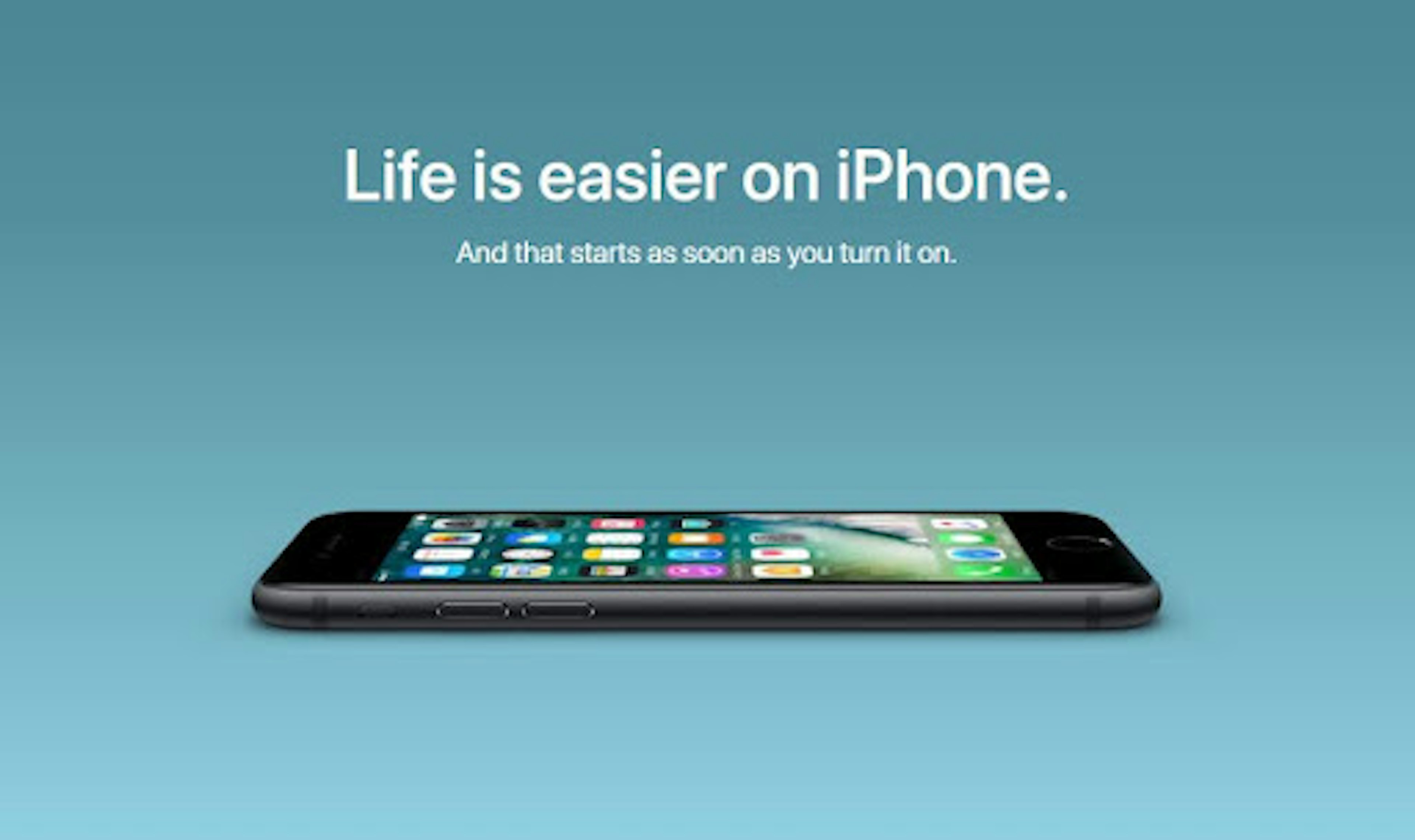How To Effectively Integrate Your Brand Into All Aspects Of Your Business
Your brand shouldn’t just live in your logo. Here’s how to embed it into every part of your business—from your homepage to your help desk.
Written byMichaela Brown
Updated onJune 13, 2025

Branding isn’t just how you look—it’s how you show up
Picking your colors and designing a logo isn’t the finish line—it’s the kickoff. Real branding happens when every customer interaction feels unmistakably you. But in a multichannel, multi-touch world, staying consistent isn’t easy. That’s why the best brands don’t just build identity—they build brand systems.
Here’s how to integrate your brand into everything you create, across every surface of your business. And yes, automation helps.
Key takeaways
A strong brand shows up consistently—visually, verbally, and experientially
Brand integration goes beyond marketing into product, ops, and customer success
Automate brand application across content and creative
1. Start with your brand foundation—not just your logo
Strong branding isn’t just about a strong look; it’s about feel, too. You have to think beyond visuals and ask, ‘What does this brand feel like?’ and ‘How do I want customers to feel when they engage with my brand?’. Asking these questions will help clarify the core of your brand - your mission, values, tone, and voice.
Brands with strong missions and values, like Ben & Jerry’s, are identifiable and unique. And profitable. Integrating your mission and values with your brand will help people resonate with you, which will create community (and repeat customers).
"If you support the community, they will support you," says Jerry Greenfield, co-founder of Ben & Jerry's. Greenfield was right, the leading ice cream brand in the United States reports profits upwards of 450 million dollars.
Strong voice and tone are key building blocks to your brand that you will use again and again. Take Apple, for example. The brand's minimal and sleek ethos permeates everything it does, even its ads. Apple's ads include minimal photos and copy, making them stand out more.
Strong voice and tone are key building blocks to your brand that you will use again and again. Take Apple, for example. The brand's minimal and sleek ethos permeates everything it does. even its ads. Apple's ads include minimal photos and copy, making them stand out more.

iPhone ad from 2017. Image from appleinsider.com.
2. Create a visual system that’s built to scale
A visual system that’s built to scale will grow as your brand grows. The trick here is to define your key visual assets, then create flexible templates built for multi-channel adaptability.
Regardless of the channel or deliverable, your key visual assets will not change. These are assets like logo, color, type, and layout rules. Keeping these assets consistent will make your brand instantly recognizable.
Flexible templates allow you the flexibility to adapt assets for multiple channels, like blogs, social media, and website copy. A tool like Visual can help you create consistent, on-brand templates.
If you haven’t defined these assets yet, consider using Visual's Color Wheel and Color Picker Tools. These free tools will help you generate harmonious and complementary color palettes you can base your visual system around.
3. Document it: Build a brand style guide that teams use
A brand style guide will keep everyone at your company on the same page. This will become important as your company grows and multiple teams create public-facing assets.
When you create your style guide, make sure to include clear dos and don’ts and create core principles for everyone to follow. Brand style guides should also cover tone of voice. Your brand’s tone of voice will dictate how you come off to your customers at multiple touchpoints, like blogs, support team help guides, sales collateral, and even social media DMs.
Coca-Cola's Icon Design System Guidelines are a great example of a brand style guide that influences marketing, product, and sales. The guide features three core principles anyone can follow, and clear examples of how Coca-Cola’s branding should look across multiple languages and products.

Image from Coca-Cola’s Design System Guidelines
4. Use brand design in more than just marketing
As your business grows, your employees will become stewards of your brand. Get brand buy-in from your employees by using it on internal decks, sales pitches, and hiring materials. Carrying your brand identity into the inner workings of your company will make your brand feel cohesive, inside and out.
Remember, great brands feel cohesive at every touchpoint, even the ones customers don’t see.
5. Choose the right channels for your audience—and brand them
Don’t spread your brand too thin. Meet your users where they’re at and invest in the areas you know will resonate. Learn about the platforms your customers like to use. Then, you can integrate your brand into the appropriate channels.
Create templates for each platform’s strengths. This way, you can create consistent, branded posts to engage your audience.
Makeup brand Glossier markets frequently on Instagram and partners with influencers to appeal to its target audience of Gen Z and millennial women. The brand’s grid is full of pastel pink and real women using its products. Creating a curated look that appeals perfectly to swaths of Gen Z and millennial women.

Image from instagram.com/glossier
6. Automate the things you repeat
Even though strong branding will pay off in the long run, integrating your brand into all aspects of your business will take time. But if you automate the things you repeat, you can scale your business without resizing or restyling deliverables every time.
7. Keep it cohesive—even across departments
As your company grows, multiple departments will be expected to create customer-facing assets. Ensure your brand stays cohesive with shared templates and asset libraries.
A central asset library will eliminate rogue designs and variations that are “close enough”. One source of branding truth will ensure sales decks, support emails, and investor updates all feel aligned across multiple departments.
Back to Coca-Cola - the soda company asks that employees respect the brand by only using approved templates and logos. Keeping the brand cohesive and iconic.
8. Track what’s working and evolve from there
Consistency doesn’t mean you should do the same things over again; it means you should do the right things consistently. But how do you know if you’re doing the right things?
A/B test visual treatments, CTAs, and layouts to understand which ones resonate with your customers. Iterate and track what works and what doesn’t. Adapting your deliverables, while staying on brand, will boost engagement and keep things fresh for your customers.
Analyzing engagement will help you produce content that’s on brand and adaptable. Measure engagement across formats by analyzing open rates, click-through rates, and shares to see what content captures your audience's attention.
9. Brand visibility starts with discoverability
Optimize your visuals for SEO to ensure customers can find your perfectly integrated brand. Combining creative assets with technical optimization might seem like combining oil and water, but it’s more like peanut butter and jelly.
SEO and branded visuals work together to create maximum recall and reach. Adding branded visuals in SEO-optimized blog posts, SERP cards, and social previews will drive clicks and make your brand recognizable.
Optimize your images by creating SEO-friendly file names, alt text, and layouts. This will help search engines index your visual content so it can reach your audience.
10. Be recognizable even without the logo
True brand integration means that a customer can feel your identity without seeing your name. If someone can recognize your brand from a headline, screenshot, or pull quote, then you have effectively integrated your brand into all aspects of your business.
One way to achieve this is by repetition. This will build brand memory and keep you at the top of mind when customers are ready to make a purchase. Take the Nike swoosh, for example. The sportswear brand has its logo on almost every single one of its products, making the brand instantly recognizable to consumers.
Integration isn’t about control—it’s about clarity
Your brand is too important to live in a silo. Integrating your brand into every aspect of your business will make it feel cohesive inside and out. Customers will recognize your brand as unmistakably yours.
When it shows up clearly, consistently, and creatively across every surface of your business, customers take notice—and take action.


